Products & Services Industry Guides
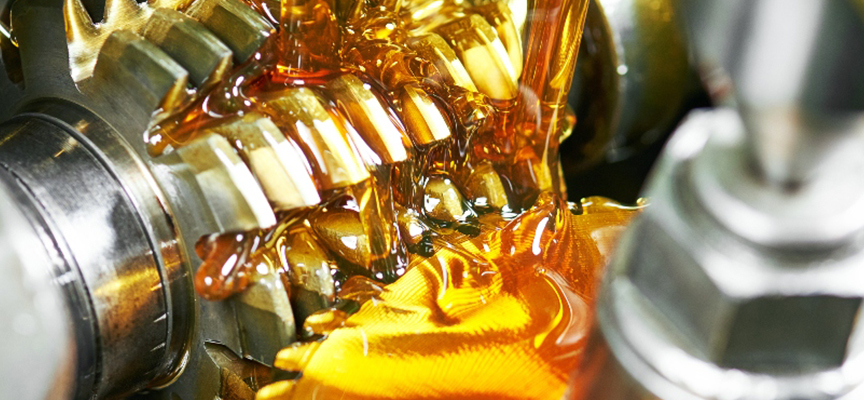
Hydraulic oil plays a pivotal role in the functionality and efficiency of hydraulic systems, including hydraulic jacks.
In hydraulic jacks, hydraulic oil acts as the primary medium for transmitting force from the pump to the lifting mechanism, providing lubrication, dissipating heat, and sealing against contaminants.
According to iopscience.org, hydraulic oil in hydraulic systems also has an important impact on extending the service life of the hydraulic system, given proper maintenance.
Thus in this article, we will delve into the types of hydraulic oil contamination, factors and warning signs to replace hydraulic oil.

Hydraulic oil contamination encompasses various types of foreign substances that compromise the integrity and performance of your hydraulic jack system.
Some of the types of contaminations that might occur include:

The first type is built-in contamination, which is the most challenging contamination to prevent.
Components in hydraulic jacks such as pumps or pistons often retain traces of contamination from the manufacturing process.
For example, a sand-cast part in the motor of the hydraulic system has a few specks of casting sand left over on the inside or there’s a small remnant of sealing tape left on the hydraulic port.
Regardless of the stringent controls in the manufacturing environment, it's nearly impossible to prevent one or more of the following contaminants from entering the final product.
If any of these surface contaminants find their way into the hydraulic fluid of your equipment, they contribute to contamination levels that can adversely affect the efficiency of your hydraulic jack.
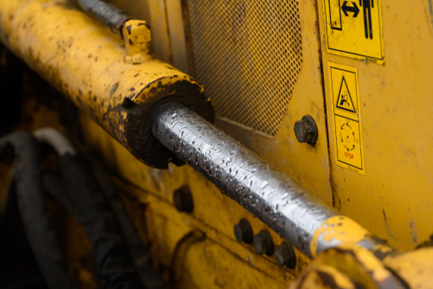
Next is generated contamination. When moving components wear on each other and dust-like metal particles wear away from surfaces, it causes generates contamination towards the hydraulic fluid.
This issue usually arises during the first equipment break-in phase, either when you are commissioning a completely new system or restarting an old system with new components, and the abrasion results in generated hydraulic fluid contamination.
Metal dust and particles aren't the only contributors to this type of contamination as particles from broken rubber or polymer seals can also break away over time.
This contamination will build up as long as your hydraulic jack is running and can negatively impact the efficiency of its components.
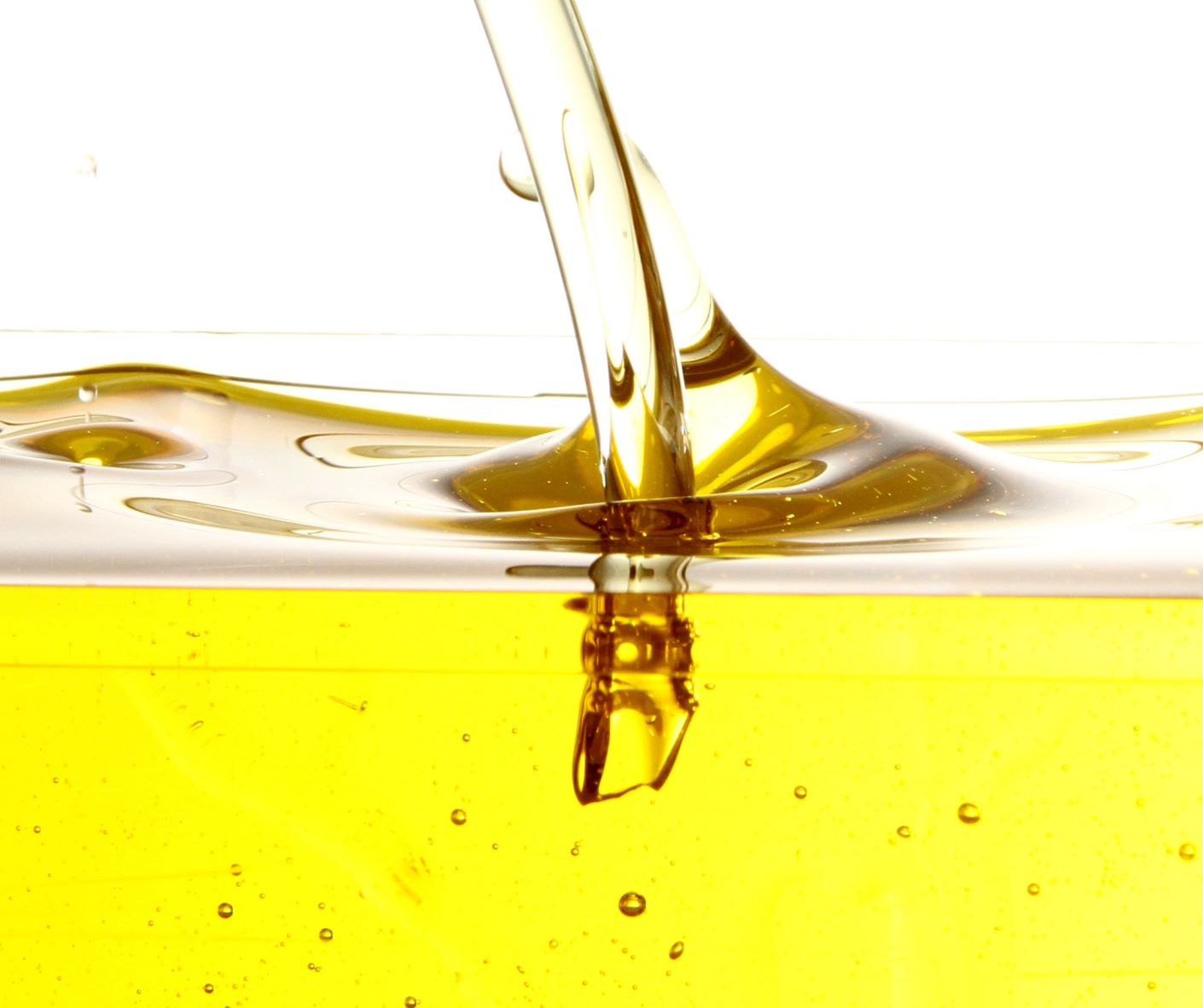
Air contamination can typically be detected from the foaming of oil, and the air in the oil will affect its compressibility.
Although the degree of the contamination might vary, it may affect your hydraulic jack's efficiency by affecting its cycle times or even reducing the torque from the final drive.
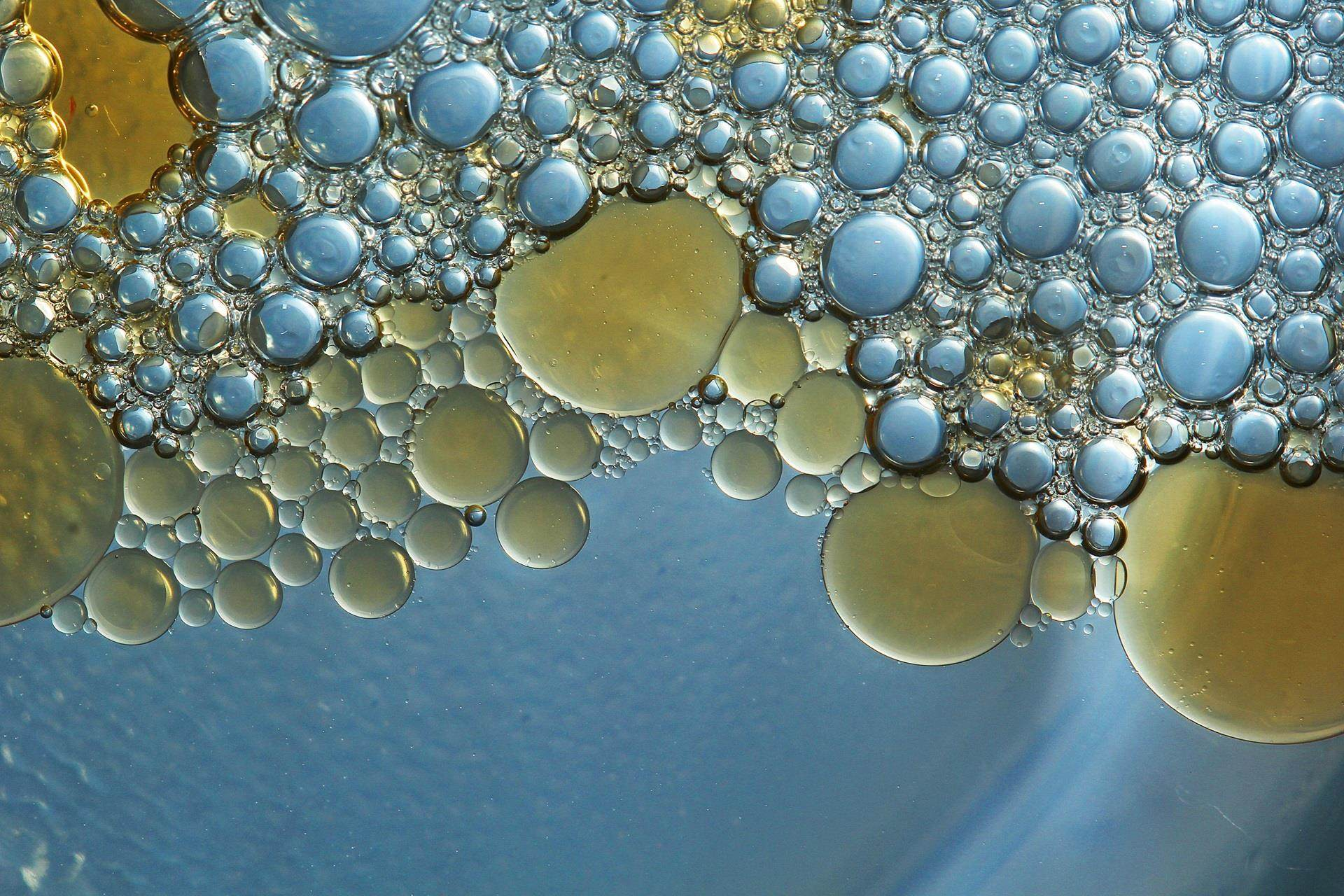
Hydraulic oil water contamination poses a significant threat to the performance and longevity of hydraulic jacks.
Water can infiltrate hydraulic fluid through various sources, such as atmospheric humidity or improper storage practices, and its presence can have detrimental effects on the functionality of your equipment.
Several adverse consequences of water contamination to your hydraulic oil include:
Reduced Lubrication: Water contamination diminishes the lubricating properties of hydraulic fluid, leading to increased friction and wear on the moving components of the hydraulic jack.
Corrosion: Water contamination accelerates the oxidation process within the hydraulic system, compromising the structural integrity of hydraulic components.
Sludge Formation: Water contamination can cause the formation of sludge or emulsions within the hydraulic fluid, resulting in blockages and restrictions within the hydraulic system. Sludge buildup can impair the flow of hydraulic oil and inhibit the proper operation of the hydraulic jack.

To effectively manage and mitigate hydraulic oil contamination issues, here are solutions to address them:
Flushing: Before commissioning new hydraulic systems or installing new components, perform a thorough flush of the hydraulic system to remove built-in contaminants.
Filtration: Install high-quality filtration systems to capture residual contaminants during operation and prevent them from circulating in the hydraulic fluid.
Use of Clean Components: Source hydraulic components from reputable manufacturers that adhere to stringent cleanliness standards during production to minimise built-in contamination.
Regular Maintenance: Implement a proactive maintenance schedule to monitor and address wear-related contamination issues promptly.
Correct Fluid Selection: Ensure the use of the correct hydraulic fluid with appropriate viscosity and additives to minimise wear and abrasion.
Component Inspection: Regularly inspect hydraulic components for signs of wear or damage that could contribute to generated contamination, and replace worn parts as necessary.
Sealing: Seal hydraulic systems effectively to minimise air ingress during operation. Use seals and gaskets designed to withstand pressure differentials and prevent air leaks.
System Design: Optimise hydraulic system design to minimise cavitation and aeration, which can introduce air into the hydraulic fluid.
Storage Practices: Store hydraulic fluid in sealed containers in a clean, dry environment to prevent water ingress. Ensure containers are tightly sealed and protected from moisture.
Desiccant Breathers: Install desiccant breathers on hydraulic reservoirs to remove moisture vapour from incoming air and prevent water contamination.
Periodic Fluid Analysis: Conduct regular fluid analysis to detect water contamination early and take corrective action before it causes damage to hydraulic components.
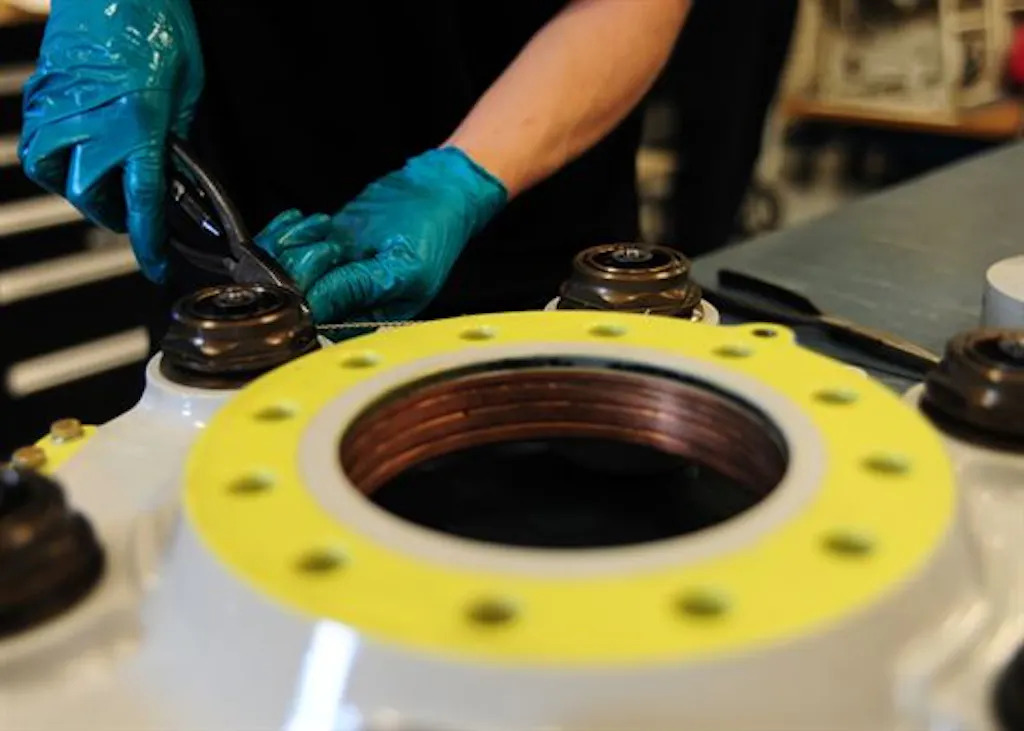
In conclusion, understanding oil contamination and its implications for hydraulic jacks is paramount for ensuring the reliability, and longevity of these essential systems.
In addition, recognising the limitations of individual expertise underscores the importance of seeking professional assistance when confronting complex contamination issues.
For those seeking professional assistance or specialised expertise in dealing with hydraulic oil contamination or hydraulic jack systems, SLSPRO stands as a reliable partner.
SLSPRO experts offer comprehensive services and provide tailored solutions to meet the unique needs of clients across various industries
You can also browse our extensive hydraulic jack selections on our website.
Get in touch with us for professional help and greater operational efficiency today!
High-quality industrial tools for efficient and reliable performance in construction, manufacturing, automotive, aerospace, and more.
Find Out MoreHigh-quality industrial tools for efficient and reliable performance in construction, manufacturing, automotive, aerospace, and more.
Find Out More
 Contact Us
Contact Us 